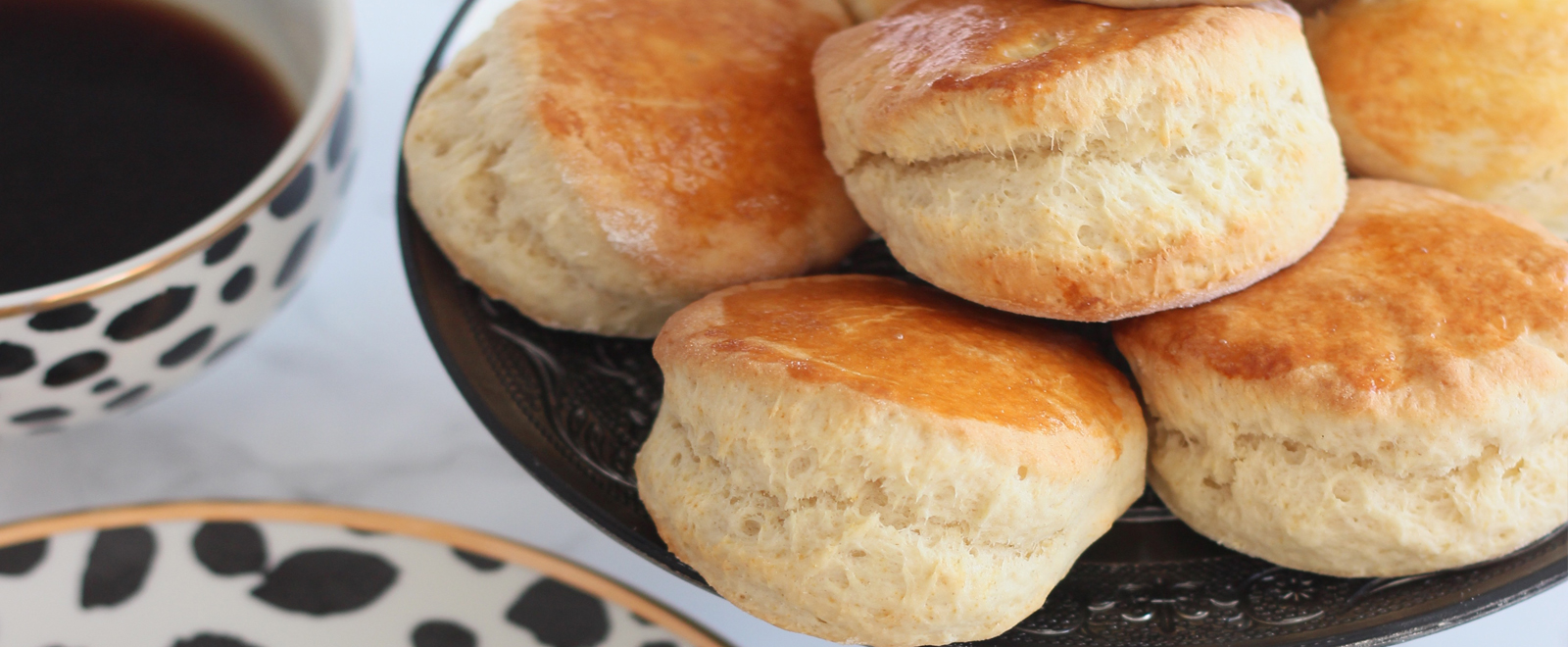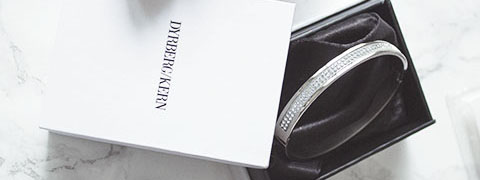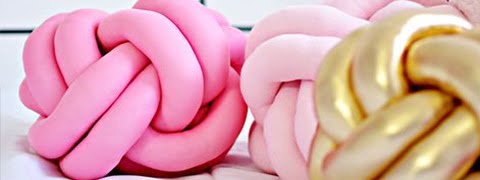When we first arrived here, I got fascinated by the many types of tropical flowers I haven't seen before such as the hanging lobster, the red ginger and the red torch ginger flowers mentioned below. That is before we even make it to the Batala Garden (botanical garden), which I am very excited to visit soon. Here some of the flowers of the Caribbean Island, Martinique:
Red Torch Ginger
Read more at Gardening Know How: Torch Ginger Flowers: How To Grow Torch Ginger Lilies
Claw Crab
These vibrant flowers are unique and very colourful, with the yellow and red flowers resembling small crab claws, hence its name. The Claw Crab is also called the ‘Banana Flower’ and have blossoms that grow in opposing directions, giving the appearance that they have been woven together!
If you require a flower delivery then why don’t you choose Blossoming Gifts, with next day flowers to flowers by post, we assure you will not be disappointed. A part from our lovely cheap flowers, we have a wide range of hampers, wines and personalised gifts!
Bougainville
Anthurium
Anthurium are commonly found in rich variations of the colour red and in soils varying from sandy loams to heavy clay. The red, heart-shaped flower of Anthuriums is really a spathe or a waxy, modified leaf flaring out from the base of a fleshy spike where the tiny real flower grows.
Hibiscus is a genus of flowering plants in the mallow family. It is quite large, containing several hundred species that are native to warm-temperate, subtropical and tropical regions throughout the world. Member species are often noted for their showy flowers and are commonly known simply as hibiscus, or less widely known as rose mallow.
Yellow Bells
Yellow bells is the national flower of both the Bahamas and the Virgin Islands and native to several Caribbean nations including the West Indies, Jamaica, and Cayman Islands. This drought-tolerant shrub grows best in bright, partially shaded areas in well-drained, rocky loam soils. Decorative clusters of joyful, trumpet-shaped golden blossoms sprout from olive-green, slender, erect branches.
Red Ginger plant
Als known as pink cone ginger or ostrich plume, red ginger (Alpinia purpurata) is a tropical perennial with a native range that spans from the Maluku islands in Indonesia to the southwest Pacific. The plant has naturalized in the mangroves of Fiji, as well as Hawaii, where it was introduced as an ornamental garden plant in the 1928.
Frangipanis
Frangipani flowers are also traditionally used in leis – Hawaiian necklaces made from leaves, seashells, ivory and flowers. The leis are made by stringing flowers through the centre until a complete necklace is formed. Polynesian custom is that leis are worn at weddings and given out to signify a genuine welcome – and a fond farewell – for visitors to Hawaii.
Hanging Lobster Claw (Heliconia Rostrata)
The inconspicuous, yellow flowers emerge from claw-shaped bracts on magnificent, up to 3 feet (0.9 m) long, pendent, zigzagged inflorescences. If pollinated by hummingbirds or nectivorous bats (neither of which are found here in Hawaii), the flowers are followed by violet fruits. The leaves are simple, alternate, long-petioled, and have green, lanceolate leaf blades that are easily shredded by the wind. The pseudostems (formed by the leaf sheaths) emerge from underground rhizomes.
Here in Hawaii, Hanging Lobster Claw is grown in sunny to partly shady gardens at lower elevations. The plants are propagated by rhizome division. The flowers make long lasting cut flowers in tropical flower arrangements.
To be Continued...

















.png)






























No comments